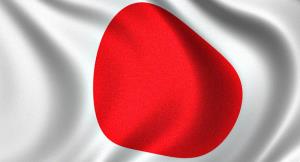Guest Post by Wolf Richter of Wolf Street.
 Japan, under the regime of Abenomics, has had, let’s say, some issues. Some have been predictable, and they have occurred like clockwork, such as the soaring trade deficit or consumer spending squeezed by inflation, a consumption tax hike, and stagnating wages – inflation without compensation.
Japan, under the regime of Abenomics, has had, let’s say, some issues. Some have been predictable, and they have occurred like clockwork, such as the soaring trade deficit or consumer spending squeezed by inflation, a consumption tax hike, and stagnating wages – inflation without compensation.
And then there’s a new wrinkle: Tokyo’s foreign exchange spot trading market. During the first half last year, when Abenomics was being imposed on the country and when the Bank of Japan began printing dizzying amounts of money to buy just about every Japanese Government Bond that wasn’t nailed down, turmoil tore into the JGB market. BOJ and government officials jawboned the markets to devalue the yen. As intended, investors, including foreign hedge funds, listened and furiously dumped their yen. And the yen swooned.
During that period, yen-dollar trading hit an average of $14.8 billion per day. A record in the Bank of Japan’s data series going back to 1980.
But this year, the pendulum has swung back – to 1995.
The volume of interbank spot trading during the January through June period in Tokyo, compared to the same period last year, plunged 46% to an average of $8 billion per day. The lowest level in 19 years!
Forex margin transactions by individuals – such as the infamous Japanese housewife gambling away the family budget to supplement, so to speak, her husband’s stagnating income – plunged 30%.
In July, through the end of last week, trading languished at a rate of $5.6 billion per day, the Nikkei reported. Unless a miracle happened over the last few days, it will be the lowest volume since the $4.7 billion average of December 1995.
Read more on this story at Wolf Street.
Â

